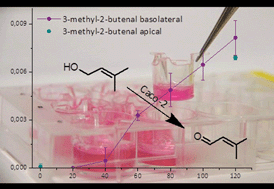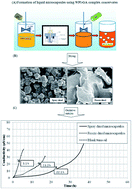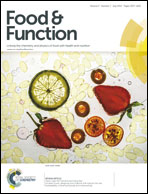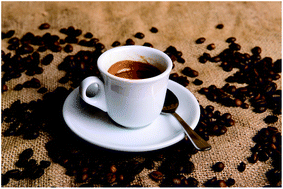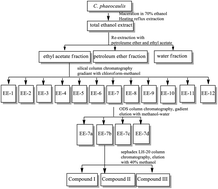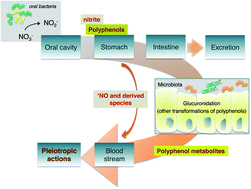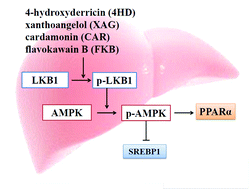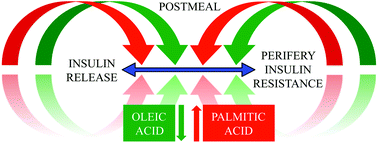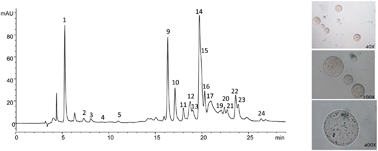The 14th International Nutrition and Diagnostics Conference (INDC 2014) will be taking place in Prague, Czech Republic from 2–5th September 2014. The INDC is an international forum for scientific discussion focused on understanding the relationship and connections between nutrition and clinical diagnostics. The aim of this multidisciplinary conference is to bridge the gaps between the specialists and fields of science as diverse as nutrition, clinical biochemistry, food technology, analytical chemistry and medicine.
Topics to be covered at the conference include:
– Novel trends in food processing and diagnostics (nanotechnology, etc.)
– Food safety
– Food microbiology (including antibiotic resistance)
– Functional foods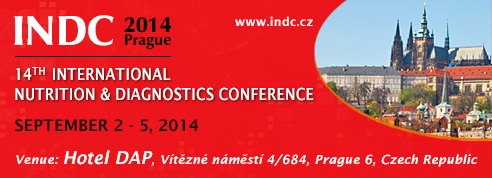
– Food supplements
– Phytochemicals and natural antioxidants
– Nutrition and health
– Foodborne diseases
– Food chain and gut ecology
– Nutrition and development of immunity
– Nutrition and microbiota
– Nutrition related diseases
– Nutrition and clinical diagnostics
…and much more.
Confirmed speakers include:
Regan Bailey, National Institute of Health, USA
Martin Bergö, Sahlgrenska Cancer Center, Gothenburg, Sweden
Igor Bondarenko, North West Research Centre for Hygiene and Public Health, St. Petersburg, Russia
Pavel Dostálek, Department of Biotechnology, Institute of Chemical Technology, Prague, Czech Republic
David Friedecký, University Hospital Olomouc, Czech Republic
Andrzej Gamian, Department of Medical Biochemistry, Wroclaw Medical University, Poland
Diego García Díaz, Department of Nutrition, University of Chile, Chile
…plus many others: click here for further details.
For more information about the conference and to register, please visit the website: www.indc.cz











